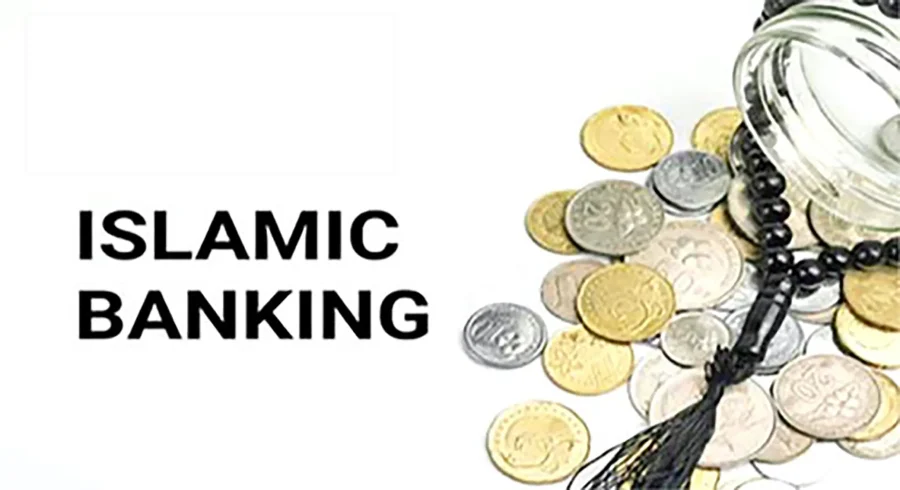The Islamic banking sector in Bangladesh continues to face liquidity challenges, Fitch Rating says in its latest report.
The report by the US credit rating agency, however, says that liquidity is improving, underpinned by central bank support in the form of the Islamic Bank Liquidity Facility and Mudarabah Liquidity Support, and still-notable public demand for Islamic deposit products.
Islamic banks held 25.3 per cent of all domestic industry deposits at the end of the first half of 2023, albeit down from 28.2 per cent at the end of the first half of 2022.
Islamic banks faced sizable customer deposit outflows in 2022 and in the first half of 2023 and lower liquidity buffers than conventional banks amid reports of loan irregularities.
Islamic banks’ excess liquidity – defined as total cash reserves minus required reserves with the central bank – declined significantly by 66.6 per cent year-on-year (Tk 9.82 billion) at the end of H1 of 2023. However, excess liquidity has since improved with a 12.7 per cent quarterly rise.
In contrast, deposit growth is slowing. Islamic banks’ total deposits grew by only 3.8 per cent year-on-year as of H1 of 2023; a significant fall from the 12 per cent year-on-year growth of H1 of 2022.
Islamic banks’ vulnerability to short-term liquidity challenges is demonstrated by the fall in the liquidity coverage ratio (LCR) to 87.7 per cent at end-2022 (end-2021: 188.5 per cent), below the regulatory requirement of 100 per cent.
Conventional banks had adequate liquidity profiles, with an industry average LCR of 154 per cent, the Fitch analysis said.
Bangladesh had the eighth-largest Islamic banking market globally at end-2022, with total assets of Tk 4,970.7 billion (US$45.3 billion), ahead of Indonesia, Bahrain, Pakistan, Egypt, Jordan and Oman, based on data from the Islamic Financial Services Board. The market share, based on industry loans, is rising and reached 29.1 per cent at end-1H23 (end-1H22: 28.5 per cent).
However, the industry has significant untapped potential, as 62 per cent of the Bangladeshi population does not have an account at a financial institution – whether conventional or Islamic – according to 2021 World Bank data.
Bangladesh has the third-largest Muslim population globally, with sizable segments being sharia-sensitive.
Many conventional banks are increasing their offering of Islamic products, either through opening new Islamic branches or windows or by converting into full-fledged Islamic banks. This is driven by customer demand and more lax prudential requirements. Islamic branches and windows of conventional banks are expanding, with an 8.2 per cent share of Islamic banking deposits as of end-1H23 (1H22: 7.1 per cent), with the remaining 91.8 per cent held by full-fledged Islamic banks.
Islamic banks in Bangladesh can receive customer deposits based on either mudaraba (a profit-and-loss sharing contract) or wadiah (a safe-keeping contract).
Mudaraba-based deposits accounted for more than 85 per cent of customer deposits at Islamic banks at end-1H23.
Fitch hasn’t observed Islamic banks passing on losses or not paying profits to depositors. Passing losses can increase reputational risk and may lead to customer deposits outflows.
Fitch also expects that the central bank, Bangladesh Bank, would not let depositors bear losses as this would shake investor confidence in the banking system. Financing based on profit and loss (mudaraba and musharaka) was less than 1 per cent of total financing.
Green financing accounted for 3.7 per cent (Tk 157.18 billion, or US$ 1.4 billion) of all financing provided by Islamic banks at end-1H23.
The Islamic finance industry in Bangladesh continues to face key structural impediments.
These include a lack of sukuk and other sharia-compliant investment options, gaps in human capital development, a lack of unified Shariah rulings, and an Islamic finance regulatory framework that requires an update.
In general, the banking sector’s balance sheets, governance and regulatory quality are weak. The central bank has taken steps to improve governance at public-sector banks, including the appointment of observers to bank boards, but progress has been slow.
The sukuk market is nascent, with outstanding volumes of BDT180 billion (Tk 1.6 billion) as of end-1H23.
The takaful sector accounted for 14 per cent of Bangladesh’s insurance market as of end-2022, ahead of Jordan (13 per cent), Egypt (13 per cent), the UAE (8 per cent) and Tunisia (5 per cent).— The Financial Express










